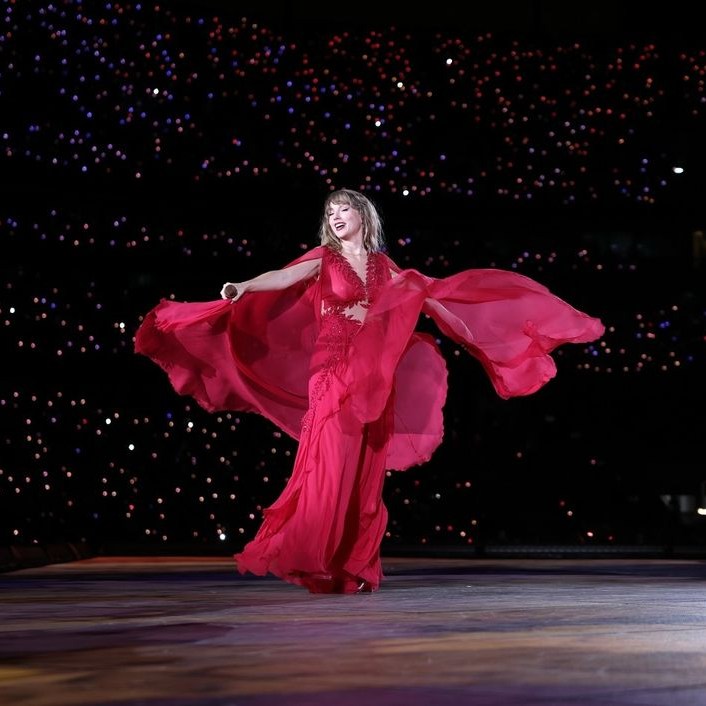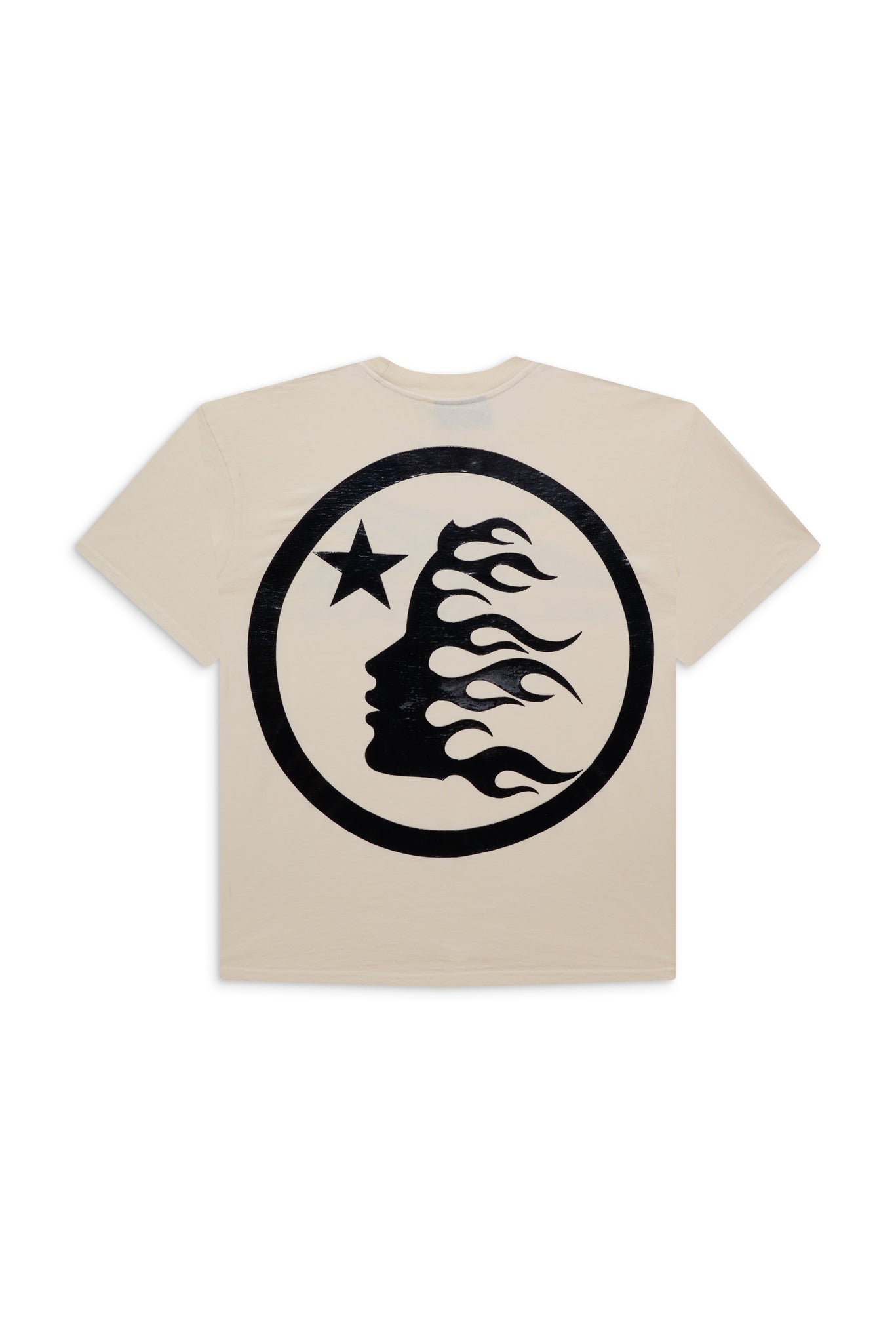
The colour red has long been associated with intense emotions and powerful symbolism. In the world of fashion, the “red-dress effect” refers to the phenomenon where individuals wearing red are perceived as more attractive, confident, and commanding. This intriguing concept has been the subject of numerous studies, revealing deep-seated psychological and evolutionary reasons behind our fascination with the colour red. This article delves into the red-dress effect, exploring its psychological underpinnings, cultural significance, and impact on social interactions and fashion.
The Psychology Behind the Red-Dress Effect
Evolutionary Roots
The allure of red can be traced back to evolutionary psychology. In many animal species, red is a signal of dominance, health, and reproductive fitness. For example, male primates with red colouration are often seen as more attractive to females and more intimidating to rivals. This biological predisposition towards red as a signal of vitality and strength is believed to extend to humans as well.
In human societies, red has historically been linked to power and status. In ancient civilizations, red dyes were rare and expensive, often reserved for royalty and the elite. This association with wealth and authority has persisted over time, influencing our perception of red in modern contexts.
Psychological Impact
Red is known to stimulate the senses and evoke strong emotional responses. Studies have shown that exposure to red can increase heart rates, create a sense of urgency, and enhance feelings of excitement. This heightened state of arousal can translate into greater perceived attractiveness and confidence in individuals wearing red.
One notable study conducted by researchers at the University of Rochester found that men rated women wearing red as more attractive and sexually desirable compared to those wearing other colours. This “red effect” was consistent across various experiments, suggesting a robust psychological response to the colour red.
Cultural Significance of Red
Eastern Traditions
In many Eastern cultures, red holds profound cultural and symbolic meaning. In China, red is the colour of luck, prosperity, and happiness. It is prominently featured in celebrations, weddings, and festivals, symbolizing joy and good fortune. Brides often wear red dresses to signify their transition into a new and prosperous chapter of life.
Similarly, in India, red is associated with purity, fertility, and marital bliss. It is a traditional colour for bridal attire, reflecting the auspiciousness of the wedding ceremony. These cultural associations reinforce the positive connotations of red and its ability to evoke strong emotional responses.
Western Interpretations
In Western cultures, red is often linked to passion, love, and sensuality. Valentine’s Day, for example, is dominated by the colour red, symbolizing romantic love and desire. The red dress has become an iconic representation of femininity and allure, frequently featured in literature, film, and art as a symbol of temptation and seduction.
The famous scene in “The Matrix” where Neo encounters a woman in a striking red dress amidst a monochromatic crowd exemplifies the red-dress effect. The colour immediately draws attention, highlighting the woman’s attractiveness and creating a memorable visual contrast.
The Red-Dress Effect in Social Interactions
Enhancing Attraction
The red-dress effect is not limited to romantic contexts; it also plays a significant role in social interactions. Wearing red can enhance one’s perceived attractiveness and influence others’ perceptions in various settings, from professional environments to social gatherings.
In dating scenarios, individuals wearing red are often seen as more approachable and desirable. This effect extends to online dating profiles, where users wearing red in their photos receive more attention and positive responses. The psychological impact of red makes it a powerful tool for enhancing first impressions and social appeal.
Boosting Confidence
Wearing red can also boost the wearer’s confidence and self-assurance. The colour’s association with power and dominance can translate into a greater sense of self-efficacy. This increased confidence can positively influence social interactions, making individuals more assertive and charismatic.
A study published in the European Journal of Social Psychology found that individuals wearing red were perceived as having higher status and competence compared to those wearing other colours. This perception of elevated status can enhance one’s ability to influence and persuade others, further reinforcing the red-dress effect.
The Red-Dress Effect in Fashion
A Timeless Fashion Statement
The red dress has long been a staple in fashion, embodying elegance, confidence, and boldness. Designers frequently incorporate red into their collections, recognizing its ability to captivate and inspire. From classic Hollywood glamour to contemporary runway shows, the red dress remains a timeless symbol of style and sophistication.
Iconic red dress moments in fashion history include Marilyn Monroe’s famous halter dress in “Gentlemen Prefer Blondes,” Julia Roberts’ off-the-shoulder gown in “Pretty Woman,” and Lupita Nyong’o’s stunning red cape dress at the Oscars. These unforgettable looks have solidified the red dress as a symbol of beauty and empowerment.
Modern Interpretations
Today, the red dress continues to evolve, reflecting changing trends and cultural shifts. Designers experiment with different shades, fabrics, and silhouettes, creating versatile and innovative pieces that cater to diverse tastes and occasions. Whether it’s a sleek, minimalist design or an elaborate, embellished gown, the red dress maintains its allure and impact.
In addition to high fashion, the red-dress effect extends to everyday wear. Red clothing and accessories are popular choices for those looking to make a statement and express their confidence. The colour’s versatility allows it to be incorporated into various styles, from casual chic to formal elegance.
Conclusion
The red-dress effect is a fascinating phenomenon that highlights the powerful interplay between colour, psychology, and social perception. Rooted in evolutionary biology and enriched by cultural significance, the colour red holds a unique place in our collective consciousness. Whether enhancing attraction, boosting confidence, or making a bold fashion statement, the red dress continues to captivate and inspire.
As we navigate our social and professional lives, understanding the impact of colour can provide valuable insights into how we present ourselves and interact with others. The red-dress effect serves as a reminder of the profound influence that colour can have on our emotions, perceptions, and behaviours, offering a powerful tool for self-expression and empowerment.






